Introduction to Dobro
When I first heard the ethereal twang of a dobro gliding through a melody at a local bluegrass festival, something in me shifted. It wasn’t just the sound—it was the feeling of each note resonating deeply, telling its own story. I knew I had to explore this instrument further. If you’re reading this, perhaps you share that same curiosity, eager to master the resonator guitar’s mystique. This guide is here to transform that initial spark of interest into a profound journey with the dobro.
As a beginner’s guide to dobro, we’ll delve deeply into the essentials: from selecting the perfect instrument to mastering those mesmerizing slide techniques. Along the way, you’ll learn about choosing the right dobro, essential accessories, and the basics of playing. Whether you’re drawn to traditional bluegrass or experimenting with new genres, the dobro offers a unique voice in the world of guitars, and I’m thrilled to help you discover it.
Getting Started with Dobro
Choosing the Right Dobro
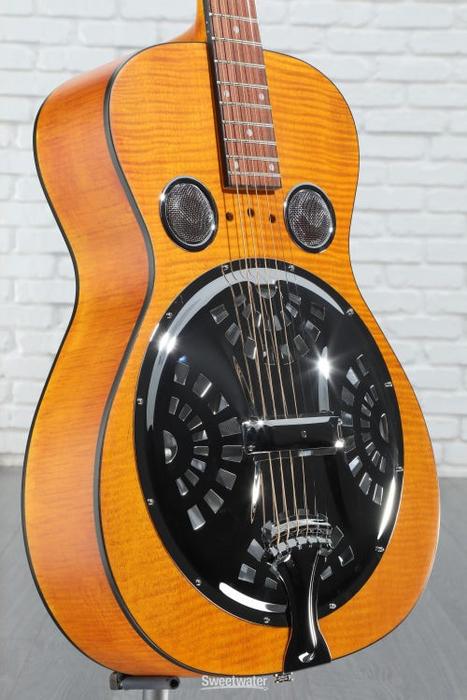
When you’re new to the world of resonator guitars, choosing the right Dobro can feel overwhelming. Is a vintage Dobro truly better than a modern one, or is it all about personal preference? Having navigated this journey myself, I can’t stress enough how finding a Dobro that resonates with you on a personal level is as crucial as any technical specification.
Back when I was first getting started with Dobro, I remember the excitement—and uncertainty—of selecting an instrument that would feel just right. My advice is to embrace a little trial and error. You’ll want a Dobro that not only sounds great but also inspires you to play; something that speaks to your style and playing goals. It’s through this hands-on exploration that I discovered my go-to instrument, an experience I often share as part of my beginner Dobro tips.
As you delve further into learning this captivating instrument, remember that the right Dobro for you is one that complements your unique musical voice and encourages you to keep exploring its possibilities. From here, let’s transition into selecting the essential accessories that will augment your setup and help you get the best out of your Dobro journey.
Essential Accessories
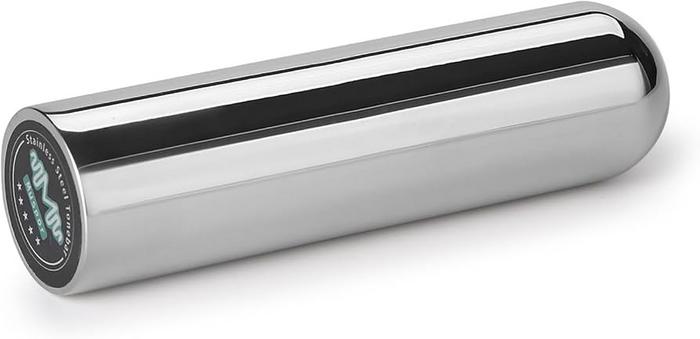
Could the right accessories elevate your dobro experience from good to great? My own journey with the dobro has taught me the incredible difference a well-chosen accessory makes. From the moment I first held a quality slide, my sound transformed, unleashing tones I never imagined possible. Essential accessories not only shape your playability but also preserve your instrument’s integrity. Investing in perfect accessories like a sturdy capo, a selection of fingerpicks, and an ergonomic strap can significantly enhance your learning curve.
When you’re just getting started, it’s tempting to dive straight into dobro instructional videos, but the nuances of mastering this resonator guitar extend beyond lessons. The enduring quality of your slides and the right set of strings create a synergy that shapes your musical expression and longevity as a player. My experiences have proven that the path to mastering the dobro isn’t just about techniques or riffs but also about equipping yourself with tools that complement your unique style.
Basic Techniques for Playing Dobro
Understanding Slide Guitar Techniques
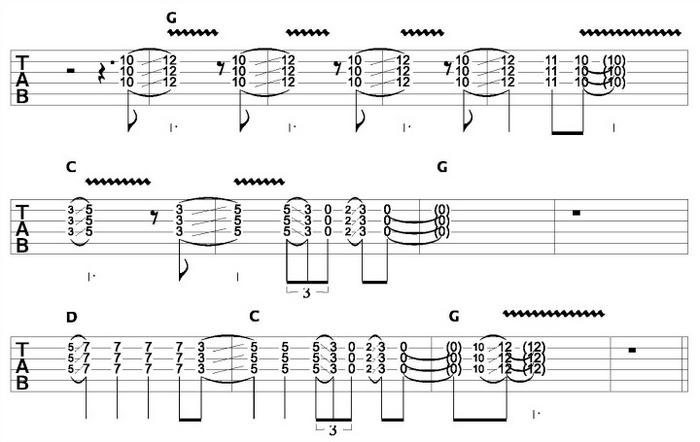
Have you ever wondered how the slide guitar has influenced countless genres over the decades? Embracing this transformative technique has not only broadened my musical horizons but also enriched my performances on the dobro. Understanding slide guitar techniques is fundamental to mastering the dobro because it unveils an entire spectrum of sounds and styles. Initially, I was captivated by the unique ability of the slide to mimic the human voice, creating that emotive, lyrical quality that sets the dobro apart in blues, country, and bluegrass.
In my journey, learning slide techniques was a revelatory experience, unlocking a depth of expression I hadn’t thought possible. From crafting nuanced accents to delivering powerful solos, these techniques have been integral in shaping my musical voice. As you delve into the world of slide guitar, you’ll discover its power to enhance your playing, bringing new dimensions to your dobro techniques. Transitioning from basic dobro proficiency to incorporating slide skills can be a game-changer, bridging the gap between foundational skills and the more advanced facets detailed later in this guide.
Open Tunings Explained
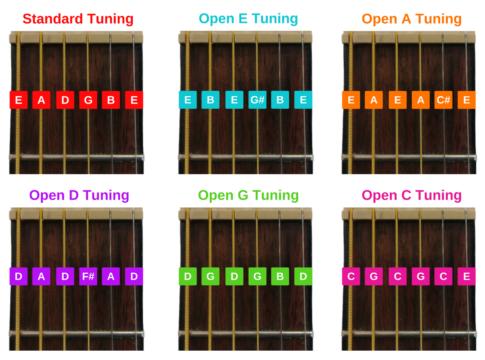
Why do so many dobro players swear by open tunings, and what if you could unlock new musical ideas with them? This question frequently pops into my mind when I delve into the transformative power of open tuning for the dobro. Harnessing alternate tunings opens up a vibrant landscape of sonic possibilities, allowing you to harness the resonator guitar’s rich tonal palette. Drawing from my extensive background in music theory, I see how these tunings surpass conventional fretboard limitations, offering profound expressions that resonate in my original compositions.
When exploring open tunings, consider how differently your dobro sings as you adjust the strings to harmonize naturally. The enhanced sustain and ease of producing complex voicings are just a few reasons this technique is fundamental within the ‘Basic Techniques for Playing Dobro’. By weaving open tunings into your practice, you’re not just learning a technical skill; you’re embarking on a transformative journey to uncover intricate layers of musical expression that enhance your overall playing. Whether you’re aiming for the evocative bends of a slow ballad or the crisp attack of a bluegrass run, mastering open tunings will undeniably elevate your dobro performance to new heights.
As you advance from ‘Understanding Slide Guitar Techniques’, this chapter will further solidify your foundational skills, setting you on a path toward more sophisticated musical endeavors outlined in ‘Intermediate Dobro Skills’.
Intermediate Dobro Skills
Fingering Techniques
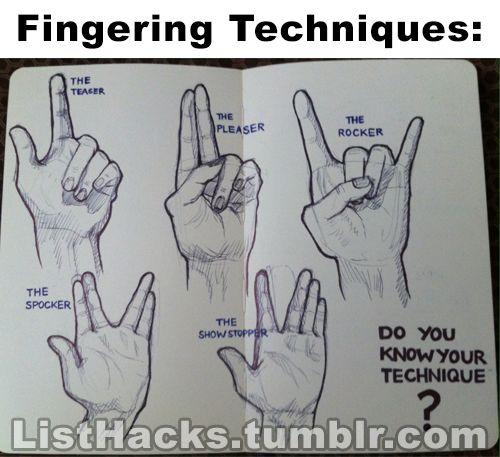
As you delve deeper into the world of resonator guitar playing, you’ll discover that mastering intermediate dobro skills becomes crucial for advancing your musical abilities. What if perfecting your fingering could transform your playing style? This thought-provoking question forms the core of mastering the dobro fingering techniques. With my background as a fingerstyle guitarist, I’ve learned firsthand the power of focusing on the subtle placement of each finger. The intricate dance of fingers on strings can unlock a new dimension of sound and precision that you might not have anticipated.
Experiencing control over each string, as my fingers navigate the fretboard, allows me to express emotion through the resonator in ways that simpler techniques do not permit. Paying meticulous attention to these techniques encourages a deeper connection with the dobro, enhancing not just the technical aspects but also the soul of your playing. As you develop these skills, the nuanced emphasis on finger placement will become second nature, seamlessly integrating into your musical toolkit.
Exercises for Improvement
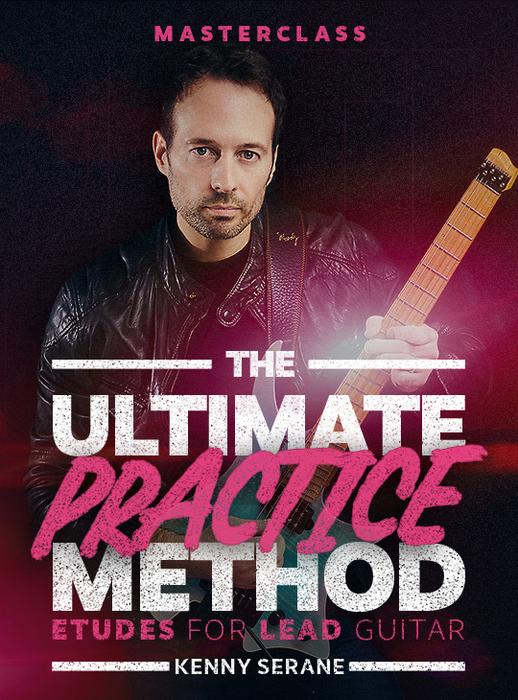
What if these simple exercises could cut your learning curve in half? As a dedicated Dobro player, I’ve refined my skills through a set of strategic exercises that consistently boost intermediate players into new territories of expertise. These dobro exercises are not just about repetition; they’re a gateway to a more expressive and proficient playing style. My hands-on experiences have shown me that incorporating these exercises into your routine can refine your technique and build up the muscle memory essential for fluid playing.
Once you’re comfortable with the basics, stepping into the realm of Intermediate Dobro Skills becomes less daunting when these exercises are at your fingertips. You’ll find that with more precision in your slide techniques and nuanced control over open tunings, your confidence on the resonator guitar will soar. By dedicating time to structured practice, you’re not only sharpening specific skills but also developing a deeper connection to the music and the instrument itself.
Playing by Ear and Music Theory
Developing Ear for Music
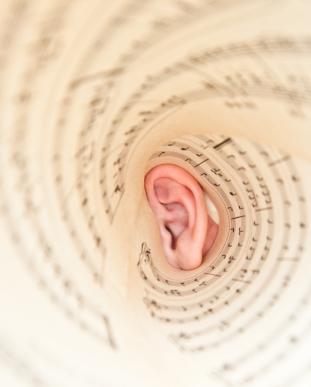
Developing an ear for music is a powerful skill that significantly enhances playing by ear on dobro. How do professional musicians develop their ear, and can learning this skill unlock new creative doors? From my early days of fiddling with melodies, I understood that listening and experimentation were key. By keenly listening to different genres and styles, I began recognizing patterns, which helped me anticipate musical changes even when I wasn’t familiar with a piece.
When playing by ear on the dobro, I found it invaluable to consciously engage with the nuances of sound. For instance, exploring different open tunings and practicing slide guitar techniques enabled me to hear intervals and tonal shifts with greater clarity. This development didn’t just come from practicing scales or chord progressions; it was about immersing myself in music—absorbing its rhythm and flow without relying solely on written notation. This way, I could express musical ideas more intuitively, leading to spontaneous and dynamic performances.
Integrating the language of music theory bolsters this skill, transforming practice sessions into a playground of creativity and expansive potential. As you delve into learning dobro chord progressions, let your ear guide you. By merging intuitive musical exploration with foundational techniques, you open new avenues for self-expression on this resonator guitar, benefiting your overall musicianship.
Learning Dobro Chord Progressions
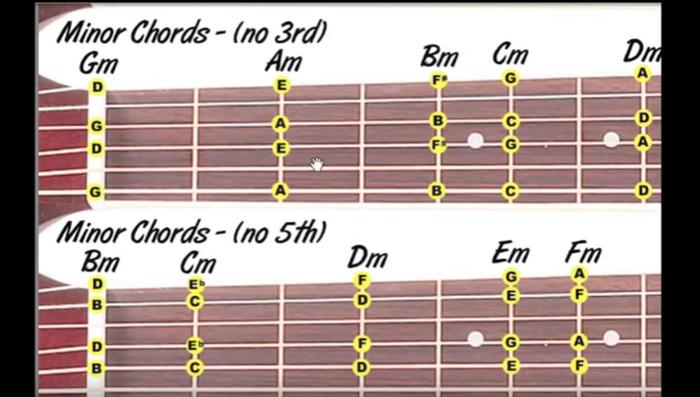
Did you know that understanding chord progressions can be the key to improvising confidently on your dobro? This revelation transformed my approach when performing with musicians from various backgrounds. Chord progressions serve as the bedrock of many musical styles, enabling us to predict and navigate the natural flow of music.
By internalizing dobro chord progressions, you unlock a new level of artistic freedom. This capability doesn’t just boost your improvisational skills; it also deepens your understanding of music theory, seamlessly connecting it with the art of playing by ear. As you become more familiar with common progressions—like the I-IV-V pattern—you’ll notice how these sequences form the foundation for numerous songs across genres.
Whether I’m performing bluegrass or exploring new-age compositions, these progressions guide my musical intuition and decision-making during solos and fills. Embrace these patterns, and watch your confidence grow as you flow effortlessly across the fretboard, transforming how you engage with the resonator guitar.
Conclusion
What if this guide is just the beginning of your dobro journey? As a fellow enthusiast, I remember my first encounter with the resonator guitar. Armed with this beginner’s guide to dobro, you’re ready to delve into the delightful world of dobro music. From mastering basic techniques and open tunings to refining your slide guitar skills, every step you take is a melody shaping your unique sound. The most important step is to start playing. Embrace the joy of learning, and each chord you strum will be a testament to your growing proficiency and passion for the resonator guitar.
FAQs

Teja Gerken, a fingerstyle guitarist with a unique blend of folk, classical, jazz, and world music, has made significant contributions to the guitar world. Known for albums like ‘On My Way’ and ‘Postcards’, and as a co-founder of Peghead Nation, he brings his expertise from intimate venues to global stages. At Fretterverse, Gerken offers deep insights into diverse fingerstyle techniques and musical fusion.
